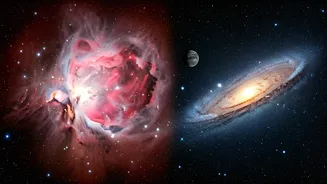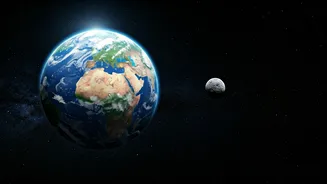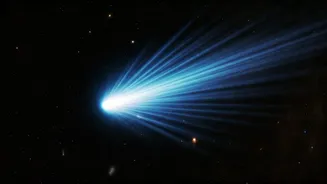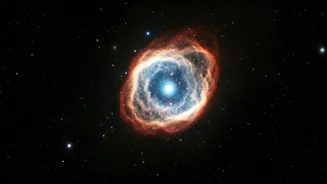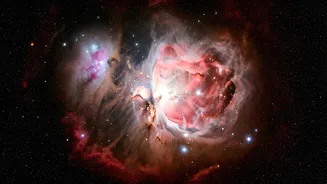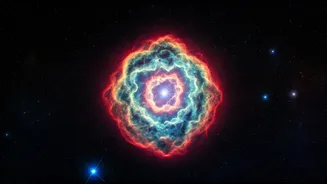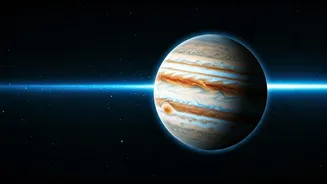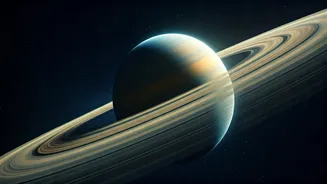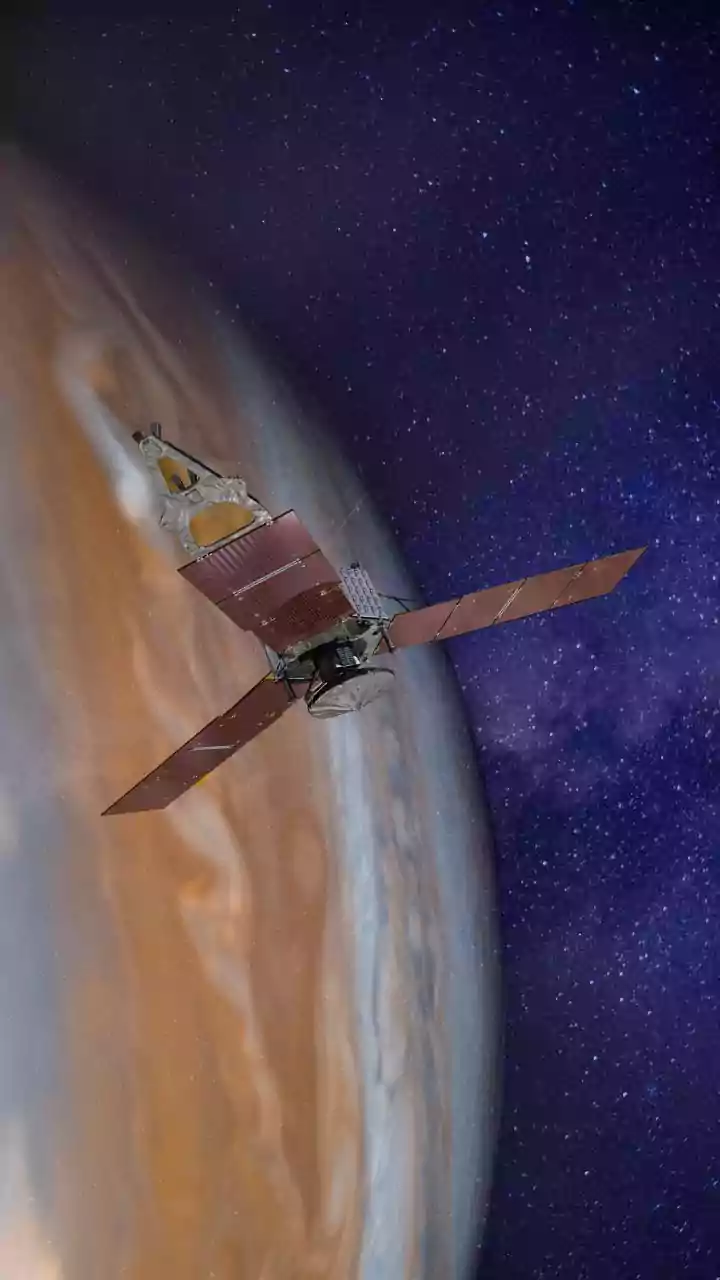The 'Wow!' Signal
The 'Wow! signal,' a mysterious burst of radio waves detected in 1977, has intrigued scientists for decades. Now, new research may finally unveil its origin.
The signal, which briefly registered on a radio telescope, has long fueled speculation about its extraterrestrial origins. Various possibilities have been proposed, but the precise source of the signal remained elusive until recently. Scientists are investigating potential causes, including natural phenomena and perhaps even the influence of distant celestial objects. Whatever the outcome, the continuing quest to understand the Wow! signal demonstrates our eagerness to unravel the universe's secrets.
Searching for Exoplanets
The search for exoplanets, or planets outside our solar system, is accelerating. Scientists estimate that over the next 30 years, they will continue this endeavor, leading to the discovery of thousands of new worlds. This work relies on sophisticated telescopes and innovative techniques designed to detect planets orbiting distant stars. The discovery of exoplanets raises crucial questions about life beyond Earth. Identifying planets in habitable zones – where conditions might support liquid water – is critical. As this area grows and with technological advancements, the chances of locating life-sustaining planets and possibly, signs of extraterrestrial life, will also increase.
Mars: A Habitable World?
The possibility of life on Mars remains a tantalizing prospect for scientists. NASA's Perseverance rover is providing further evidence that the planet may once have supported life. The rover's discoveries of organic molecules and potential biosignatures in Martian rocks fuels that theory. Researchers are analyzing the evidence to determine whether Mars could have sustained life forms. Finding concrete evidence of past or present life on Mars would represent a pivotal moment in our understanding of the cosmos, suggesting that life may be common. The Mars exploration program's continued efforts serve as a testament to the scientific community's desire to uncover whether life exists elsewhere in the universe.
The Fermi Paradox
The Fermi Paradox poses a fascinating question: If the universe is vast, and the possibility of life is not negligible, why haven't we found signs of advanced civilizations? The paradox highlights the apparent contradiction between the high probability of extraterrestrial life and the lack of observed contact. Several theories attempt to explain this, including the idea that advanced civilizations are incredibly distant, or that they simply haven't yet revealed themselves. Other explanations point to the possibility that technological civilizations may be short-lived, either destroying themselves or facing other existential threats. Whatever the resolution, the Fermi Paradox encourages ongoing reflection on our place in the cosmos and the conditions that allow life to flourish.
Alien Signals and NASA
If aliens do explore space in a way similar to humans, NASA scientists know where to look for their signals. By observing the movements and distribution of advanced civilizations, researchers can estimate where intelligent life is likely to exist. The idea relies on understanding how alien civilizations would engage in interstellar travel. NASA is actively participating in programs and projects designed to locate signals from extraterrestrial intelligence. By analyzing these signals, scientists hope to learn about the nature, origin, and characteristics of any intelligent life that we may encounter. The ongoing search for alien signals represents a dedicated effort to discover extraterrestrial civilizations.
Potential Habitats for Aliens
In the search for alien life, scientists are considering potentially habitable locations throughout the cosmos. A new study suggests that the closest technologically advanced aliens might reside approximately 33,000 light-years from Earth. The idea suggests that finding them would pose a significant challenge. Other potential habitats include exoplanets in habitable zones, moons orbiting gas giants like Jupiter and Saturn, and even environments with unique chemical compositions or energy sources. The diverse environments where life could be possible illustrates the universe's ability to host a wide range of habitable worlds. Exploring these diverse environments greatly enhances the likelihood of discovering extraterrestrial life.
